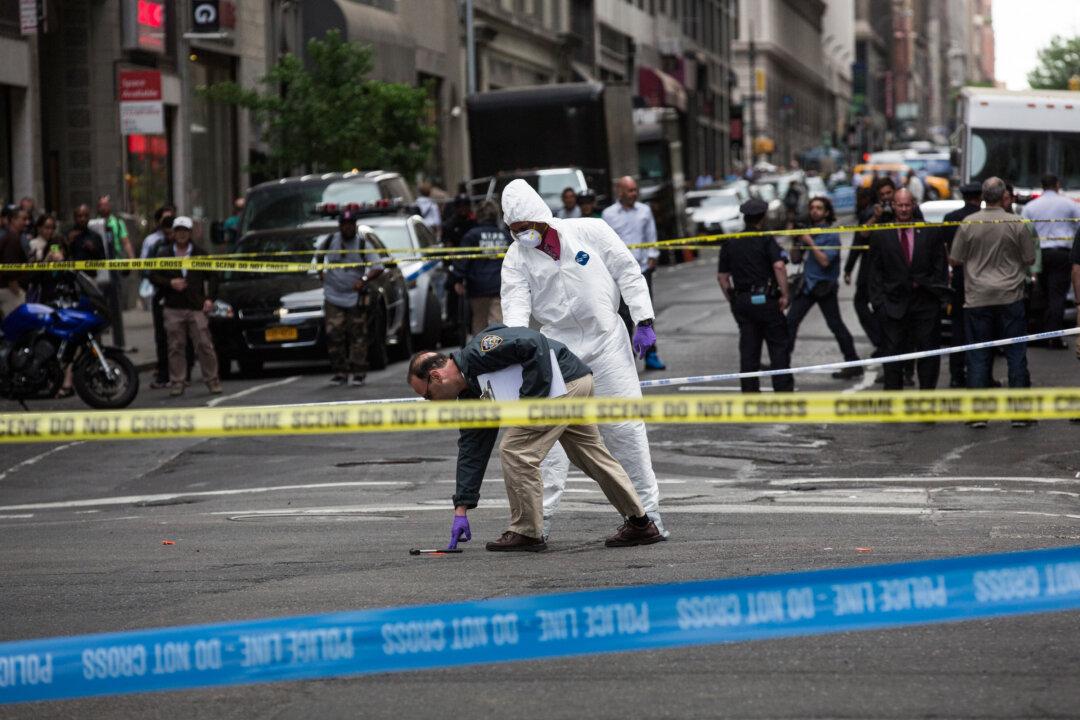NEW YORK—There are a few ways a person can go when, on a daily basis, they witness horrific deaths and violence. Some people may start developing PTSD and suffer from nightmares and lasting trauma. Others may put up an emotional wall and grow cold and callous. But others go another way, still—they start to develop a deeper sense of empathy, and an appreciation for the value of human life.
Detective Chris Florio has investigated close to 600 homicides during his 15 years with the NYPD’s Crime Scene Unit, which is tasked with gathering and documenting evidence from scenes of serious crimes. He said many officers try to stay detached, as a way of coping with the work, noting that “we’re in there for hours and sometimes days dealing with things that most people don’t even want to look at for a few seconds.” But every officer has cases that stick with them.
The NYPD Unit That Speaks for the Dead
Crime scene investigators find the evidence that take murderers off the streets

Crime scene investigators inspect a hammer used in an attack on a police officer in New York City on May 13, 2015. Andrew Burton/Getty Images
|Updated:
I think of these kids from time to time, and it reminds me of why I do what I do.
, Crime Scene Unit, NYPD
Joshua Philipp is senior investigative reporter and host of “Crossroads” at The Epoch Times. As an award-winning journalist and documentary filmmaker, his works include “The Real Story of January 6” (2022), “The Final War: The 100 Year Plot to Defeat America” (2022), and “Tracking Down the Origin of Wuhan Coronavirus” (2020).
Author’s Selected Articles




